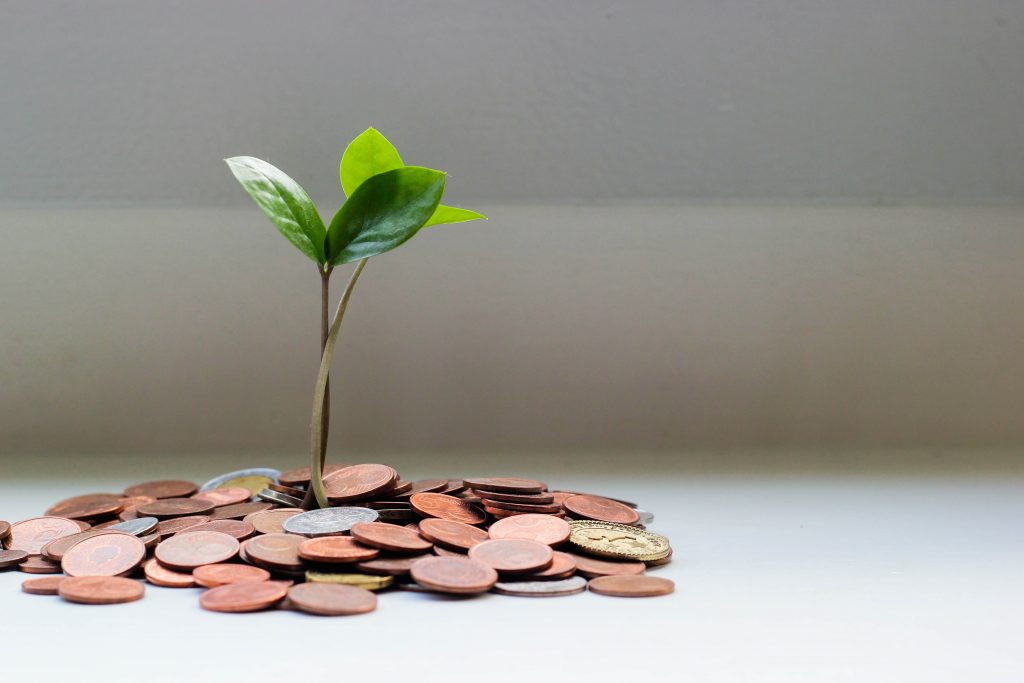Economic Growth Since the Pandemic

You aren’t likely to find a bigger contrast in economic fortunes than the one between the U.S. and Europe as we finally come out of the pandemic crisis. In the U.S., the real gross domestic product—the sum of all goods and services produced in America—grew by an annualized rate of 6.4% in the first quarter of the year—and that’s on top of a 4.3% growth rate in the fourth quarter of 2020. The first quarter statistic represents the second-fastest pace of growth since the second quarter of 2003.
The U.S. government’s Bureau of Economic Analysis noted that personal consumption expenditures, business investment and federal, state and local government spending were all contributors to the economic growth since the pandemic. The most eye-popping number: disposable personal income increased 67% in the first quarter, compared with a decrease of 6.9% in the fourth quarter of last year. The stimulus checks apparently had their intended effect.
Meanwhile, the euro zone economy saw its gross domestic product decline by 0.6% in the first quarter, and in sharp contrast to the U.S., this was the second consecutive quarter of contractions. Germany’s economy fell by 1.7% in the first three months of the year, Italy showed a contraction of 0.4%, Spain and Portugal saw their economic activity shrink by 0.5% and 3.3%, respectively.
Although it is leading the world back to recovery, the U.S. has not totally returned to pre-COVID levels yet. The Federal Reserve estimates that some 8.4 million Americans hold jobs now than prior to the pandemic; the unemployment rate stands currently at 6.0, above the 3.5% low in February of 2020.
Stay up to date when we post blogs and sign up for our newsletter.




